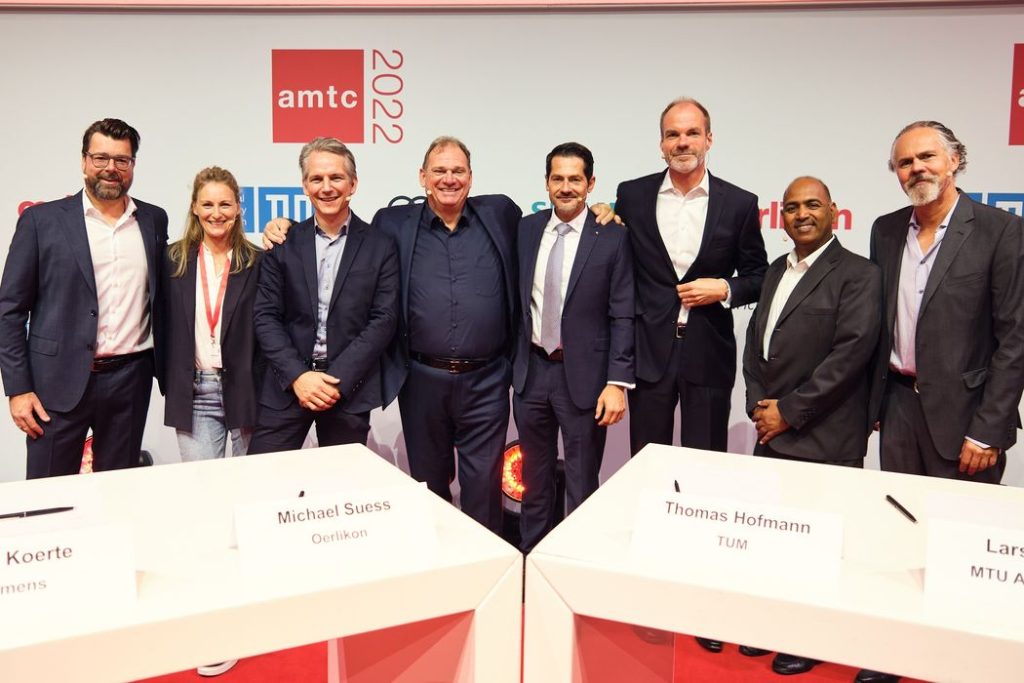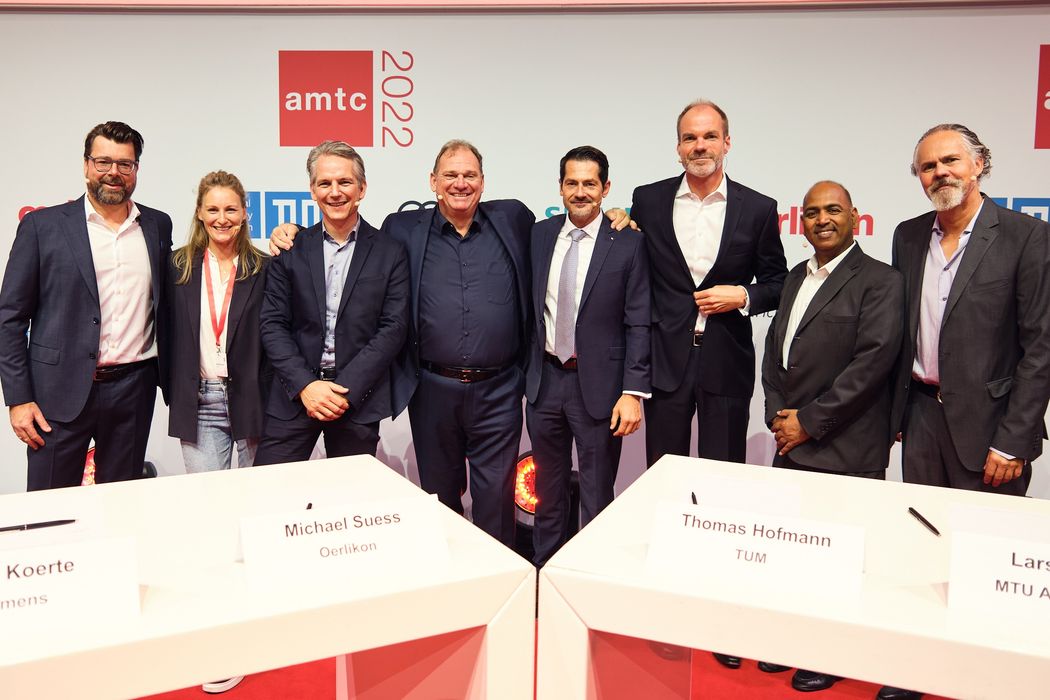
With the announcement of a new AM cluster, some may be wondering what it’s all about.
The news last week was of several companies joining together with the Technical University of Munich (TUM) to form something called the “Bavarian Additive Manufacturing Cluster”.
The companies include:
- EOS
- GE Additive
- MTU Aero Engines
- Linde
- Audi
- Oerlikon
- Siemens
The stated objective of the “BAMC” is, according to Linde:
“To foster greater cooperation between commercial organisations and the university in order to overcome technical and economic challenges on the path to AM industrialization.”
A very noble objective, but what’s really going on in practice here? It turns out that it’s really a kind of “board of directors” for research taking place at TUM. A release from Linde explains:
“The cluster partners will jointly decide on research priorities and projects to be undertaken which will be implemented collaboratively or as part of research contracts with the TUM. In addition to enabling novel integrative research and development approaches, the cluster also aims to establish partnerships with other commercial enterprises and academic partners, develop innovative education and training programmes and launching flagship projects to demonstrate the benefits of additive manufacturing. Specific topics will include end-to-end AM processes, advanced materials and AM digitalization.”
The interesting thing to note is the composition of the group: it includes industrial users of AM technology, producers of AM equipment and accessories, software developers and service providers. The only element I’d add would be a materials provider, but perhaps that’s where TUM comes in.
All of these participants are focused on metal 3D print technology, which is now being widely adopted by industry — and discovering new needs along the way. Those challenges can now be transformed into questions for the TUM researchers to solve, and in priority order as determined by the BAMC.
As stated, while this group is proximity located in Bavaria, the output will travel far and wide. A new approach developed by BAMC research and used by Audi or EOS, for example, might show up in products used anywhere. In addition, it appears the group will be approaching other parties in the industry to undertake related activities of various kinds.
The presence of this cluster provides a means to supercharge ideas, questions and learnings, and more easily have them flow between participants and the industry as a whole. Without the cluster, information transactions would meet friction as they would have to build their own roads between participants.
Instead, the BAMC becomes a highway with a much higher speed limit.

